Home>Articles>What Is The Required Minimum Width For Industrial Fixed Stairs?
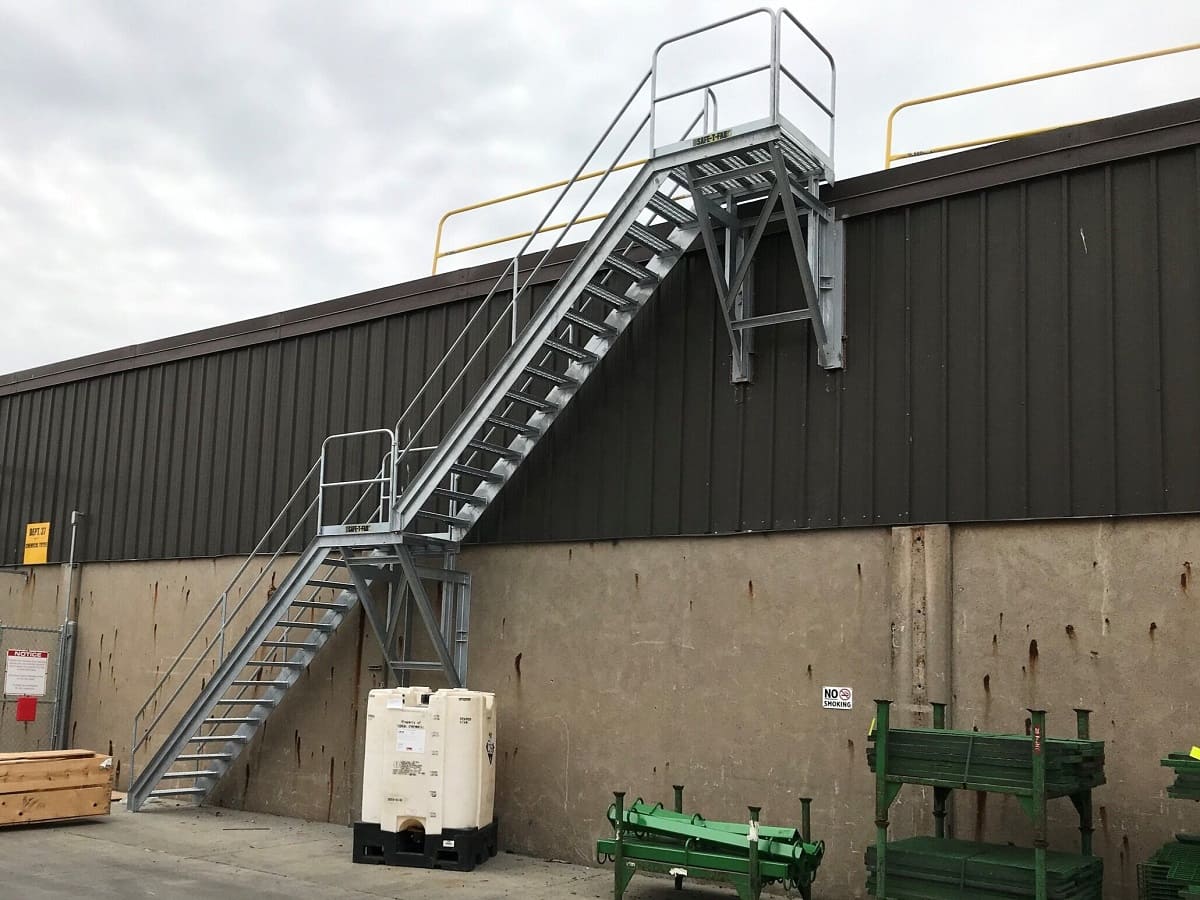

Articles
What Is The Required Minimum Width For Industrial Fixed Stairs?
Modified: December 7, 2023
Learn about the required minimum width for industrial fixed stairs in this informative article. Discover the regulations and standards to ensure safety and compliance.
(Many of the links in this article redirect to a specific reviewed product. Your purchase of these products through affiliate links helps to generate commission for Storables.com, at no extra cost. Learn more)
Introduction
Industrial fixed stairs are an essential component of any industrial facility, providing safe and reliable access to elevated areas such as platforms, mezzanines, and catwalks. When designing and constructing these stairs, one crucial factor to consider is the minimum width requirement. The minimum width for industrial fixed stairs is determined by various factors, including building codes, regulations, and safety standards.
In this article, we will explore the factors that influence the minimum width for industrial fixed stairs, as well as the specific requirements set by building codes and regulations. Additionally, we will delve into the benefits of adhering to the minimum width requirements and discuss the challenges and considerations that come with meeting these standards.
Understanding the importance of minimum width requirements for industrial fixed stairs is vital for ensuring worker safety, compliance with regulations, and efficient workflow within industrial settings. So, let’s dive into the details and discover what it takes to meet the required minimum width for industrial fixed stairs.
Key Takeaways:
- Ensure industrial fixed stairs meet minimum width requirements to enhance safety, efficiency, and compliance with building codes and regulations. Adequate width supports inclusive accessibility and accommodates diverse industrial needs for optimal functionality.
- Overcoming challenges in meeting minimum width requirements for industrial fixed stairs is crucial. Collaboration, careful planning, and considerations for cost, space, and accessibility compliance are essential for creating a safe and productive work environment.
Read more: When Are Handrails Required On Stairs
Factors to Consider in Determining the Minimum Width for Industrial Fixed Stairs
Several factors come into play when determining the minimum width for industrial fixed stairs. These factors are crucial in ensuring the safety and functionality of the stairs within the industrial setting. Let’s explore these factors:
- Occupancy Level: The number of people expected to use the stairs at any given time is a significant factor in determining the minimum width. The higher the occupancy level, the wider the stairs should be to accommodate the flow of people safely and efficiently.
- Intended Usage: The purpose for which the stairs will be used is another essential factor. Different industrial settings may require different widths based on the intended usage. For example, stairs used for carrying materials or equipment may need to be wider to accommodate their transportation.
- Accessibility Requirements: Industrial fixed stairs must comply with accessibility guidelines to ensure inclusivity. If accessibility is a consideration, the minimum width must meet the standards set forth by the Americans with Disabilities Act (ADA) or similar regulations in different countries.
- Egress Requirements: In the case of an emergency evacuation, the stairs need to provide a safe and efficient means of egress for all employees. The minimum width should allow for smooth and speedy evacuation, taking into account the maximum number of people that may need to use the stairs in an emergency situation.
- Equipment or Tool Transport: Industrial facilities often require the movement of equipment, tools, or large items up and down the stairs. In such cases, the minimum width should be wide enough to accommodate the passage of these objects without causing any obstruction or safety hazards.
- Worksite Layout: The overall layout of the industrial facility plays a role in determining the minimum width of the stairs. Factors such as available space, obstacles, and adjacent structures may influence the width needed to fit the stairs into the designated area.
By considering these factors, industrial designers and architects can calculate the minimum width required for fixed stairs that meet safety standards, accessibility guidelines, and the specific needs of the industrial facility.
Building Codes and Regulations for Industrial Fixed Stairs
Building codes and regulations provide specific guidelines for the design, construction, and installation of industrial fixed stairs. These regulations are put in place to ensure the safety and structural integrity of the stairs. Compliance with these codes is essential to meet the minimum width requirements for industrial fixed stairs. Let’s take a closer look at some of the prominent codes and regulations:
International Building Code (IBC): The IBC is a widely adopted building code that provides comprehensive requirements for all types of buildings, including industrial facilities. It outlines the minimum width requirements based on occupancy load, egress capacity, and function of the stairs. The IBC specifies that industrial fixed stairs should have a minimum width of 22 inches for occupancies up to 50 people, with an additional 0.3 inches of width for each additional occupant. Additionally, it requires a handrail on at least one side of the stairs.
Occupational Safety and Health Administration (OSHA): OSHA is a regulatory body that sets and enforces standards for workplace safety. OSHA’s requirements for industrial fixed stairs are aimed at ensuring the safety of workers. OSHA standards state that industrial fixed stairs should have a minimum width of 22 inches and a maximum rise height of 9.5 inches. The stairs must also have a landing platform at the top and bottom, with a minimum depth equal to the width of the stairs.
Americans with Disabilities Act (ADA): The ADA is a civil rights law that prohibits discrimination against individuals with disabilities. ADA requirements must be considered when designing industrial fixed stairs to ensure accessibility. According to ADA guidelines, stairs must have a minimum clear width of 36 inches, allowing for wheelchair access. However, industrial facilities may have exceptions based on specific circumstances, such as limited space.
It is essential to consult and adhere to the relevant building codes and regulations specific to your location and industry. By doing so, you can ensure that your industrial fixed stairs meet the minimum width requirements and comply with safety standards and accessibility guidelines.
OSHA Requirements for Industrial Fixed Stairs
The Occupational Safety and Health Administration (OSHA) is a regulatory body in the United States that sets and enforces safety standards for workplaces. OSHA has specific requirements for industrial fixed stairs to ensure the safety of workers. Let’s delve into these requirements:
Minimum Width: OSHA specifies that industrial fixed stairs should have a minimum width of 22 inches. This width allows for safe and efficient passage for workers using the stairs. However, it’s important to note that the minimum width may need to be increased based on factors such as occupancy levels, intended usage, and the movement of equipment or tools on the stairs.
Riser Height: OSHA also addresses the height of each step, known as the riser height. The maximum riser height according to OSHA standards is 9.5 inches. Keeping the riser height within this limit ensures that workers can ascend and descend the stairs comfortably without straining their legs or risking trips and falls.
Tread Depth: OSHA requires a minimum tread depth of 9 inches on industrial fixed stairs. The tread depth refers to the horizontal distance from the front of one step to the front of the next step. A sufficient tread depth provides stability and reduces the risk of slips and falls.
Handrails: To enhance safety, OSHA requires handrails on both sides of industrial fixed stairs if the stairway has a width of 44 inches or more. This ensures that workers have something to hold onto for support and stability while using the stairs. Handrails must be of appropriate height and securely fastened to the stair structure.
Landing Platforms: OSHA mandates landing platforms at the top and bottom of the stairs to provide a safe transition between the stairs and the floor or platform they lead to. These landing platforms should have a depth equal to the width of the stairs and a minimum length of 30 inches. Adequate landing platforms offer a stable footing for workers and reduce the risk of accidents at the top and bottom of the stairs.
It’s crucial to note that these requirements are the general minimum standards set by OSHA. Depending on the specific circumstances and workplace conditions, additional safety measures may be necessary. It is recommended to consult OSHA’s regulations and guidelines for a comprehensive understanding of the requirements pertaining to industrial fixed stairs in your specific industry.
The required minimum width for industrial fixed stairs is typically 22 inches, but it can vary depending on the specific building codes and regulations in your area. Always check with local authorities to ensure compliance.
Different Minimum Width Requirements for Various Industrial Settings
The minimum width requirements for industrial fixed stairs can vary based on the specific industrial setting and its unique requirements. Different industries may have distinct needs when it comes to the width of stairs, taking into account factors such as the type of work conducted, equipment transportation, and the number of workers. Let’s explore the different minimum width requirements for various industrial settings:
- Manufacturing Facilities: Manufacturing facilities often have a high occupancy and require the movement of equipment and materials. As a result, industrial fixed stairs in manufacturing facilities typically have wider width requirements. These stairs may need to accommodate larger numbers of workers simultaneously, as well as the transportation of machinery and bulky materials.
- Warehouses and Distribution Centers: Warehouses and distribution centers may have varied requirements depending on their specific operations. If the facility involves the regular movement of pallets, forklifts, or other large equipment on the stairs, wider widths are necessary to allow for safe and efficient transportation. Additionally, these settings may have high occupancy during peak periods, necessitating wider stairs to handle the flow of workers.
- Oil and Gas Industry: In the oil and gas industry, industrial settings can be challenging due to the presence of complex equipment and hazardous conditions. The minimum width requirements for fixed stairs in this industry may be influenced by factors such as space restrictions, the need for emergency evacuation, and the transportation of specialized equipment. Adhering to wider width requirements ensures the safe movement of personnel and equipment in these demanding environments.
- Construction Sites: Construction sites require temporary stairs for workers to access different levels of a building under construction. While building codes and regulations still apply, the width requirements for temporary stairs may be more flexible. However, it is crucial to ensure that the width is sufficient to accommodate the flow of workers and the tasks they need to perform.
- Industrial Mezzanines: Mezzanines are often found in industrial facilities and provide additional working and storage spaces. The minimum width requirements for stairs leading to mezzanines may be based on the intended usage of the elevated platforms. If the mezzanine area will house a large number of workers or heavy equipment, wider stairs are necessary for safe access and egress.
It’s important to note that the specific width requirements may vary within each industry and can be influenced by local building codes, regulations, and safety standards. Consultation with professionals familiar with the specific industrial setting and compliance requirements is crucial to ensure the stairs’ width meets the necessary standards.
Benefits of Adequate Width for Industrial Fixed Stairs
Ensuring that industrial fixed stairs have an adequate width is essential for several reasons. The width of the stairs directly impacts the safety, efficiency, and overall functionality within the industrial setting. Let’s explore the benefits of having an appropriate width for industrial fixed stairs:
- Improved Safety: Adequate width allows for safe passage, reducing the risk of accidents and injuries. With enough space, workers can navigate the stairs comfortably without feeling crowded or crossing paths with others. Wider stairs also provide room for workers to carry tools or equipment without compromising their balance or obstructing the movement of others.
- Efficient Workflow: Having a proper width for industrial stairs streamlines the flow of workers. It allows individuals to ascend and descend the stairs simultaneously, avoiding congestion and delays. This promotes productivity within the industrial setting by ensuring smooth movement between different areas of the facility.
- Accommodates Occupational Requirements: Different industrial tasks may require workers to carry equipment, tools, or materials while using the stairs. A wider staircase accommodates these requirements by providing ample space to comfortably transport such items. This prevents potential accidents caused by tripping or colliding with others due to limited space.
- Meets Regulatory Requirements: Building codes and regulations often specify minimum width requirements for industrial fixed stairs to ensure compliance with safety standards. By adhering to these requirements, industrial facilities demonstrate their commitment to employee safety and avoid potential penalties or fines that can result from non-compliance.
- Inclusive Accessibility: Industrial facilities must also consider accessibility for individuals with disabilities. Providing a wider width ensures that individuals using mobility aids such as wheelchairs or walking aids can safely navigate the stairs. This promotes inclusivity within the workplace and allows for equal access to all areas of the facility.
Overall, having an adequate width for industrial fixed stairs is crucial for creating a safe and efficient work environment. It enhances worker safety, promotes productivity, meets regulatory requirements, and facilitates the accessibility needs of all employees. Industrial facilities should prioritize incorporating a proper width into their stair design to reap these benefits and create a conducive environment for their workforce.
Challenges and Considerations in Meeting the Minimum Width Requirements
While meeting the minimum width requirements for industrial fixed stairs is crucial, it can present challenges and require careful consideration. Several factors must be taken into account to ensure compliance with regulations and create a safe environment. Let’s explore some of the challenges and considerations that arise when aiming to meet these requirements:
- Space Limitations: Industrial facilities may have restricted space for installing fixed stairs, especially in older buildings or compact work areas. Limited space can make it challenging to achieve the desired width while complying with building codes and regulations. In such cases, creative solutions like custom-designed staircases or space optimization techniques may be required.
- Structural Modifications: Retrofitting existing staircases to meet the minimum width requirements can be complex and costly. It may involve structural modifications to the facility, including widening the staircase or enlarging the landing platforms. Engaging structural engineers and architects is necessary to determine the feasibility of modifications and ensure the structural integrity of the stairs.
- Cost Implications: Increasing the width of industrial fixed stairs may result in additional costs due to material expenses, labor, and potential structural modifications. Facilities must consider the financial implications and budget accordingly. However, it’s important to remember that investing in compliant and safe stairways is a worthwhile investment in the long run, as it minimizes the risk of accidents and potential legal consequences.
- Workflow Disruption: Installing or modifying industrial fixed stairs to meet the minimum width requirements may disrupt the normal workflow within the facility. This can lead to temporary inconveniences or delays as work areas may need to be rearranged or temporarily closed for construction. Effective communication, planning, and coordination with all stakeholders are essential to minimizing disruptions and maintaining productivity.
- Accessibility Compliance: Meeting the minimum width requirements for industrial fixed stairs must also consider accessibility compliance, especially when it comes to accommodating individuals with disabilities. The Americans with Disabilities Act (ADA) or similar regulations require specific dimensions to allow for wheelchair access. Facilities need to ensure that the stairs provide equal access for all employees and visitors, which may entail additional design considerations and modifications.
Addressing these challenges and considering these factors in the planning and implementation stages can help industrial facilities meet the minimum width requirements for fixed stairs effectively and ensure compliance with safety regulations. Collaboration between architects, engineers, facility managers, and regulatory experts is key to overcoming these challenges and creating a safe and accessible environment for workers.
Conclusion
Meeting the minimum width requirements for industrial fixed stairs is of utmost importance for ensuring the safety, efficiency, and compliance of industrial facilities. By considering factors such as occupancy level, intended usage, accessibility requirements, and egress capacity, facility managers and designers can determine the appropriate width for the stairs. Compliance with building codes and regulations, such as those set by the International Building Code (IBC) and Occupational Safety and Health Administration (OSHA), is essential in meeting these requirements.
Industrial fixed stairs with adequate width offer numerous benefits. They promote worker safety by providing enough space for safe passage, reducing the risk of accidents and injuries. A proper width also supports efficient workflow by facilitating simultaneous movement and accommodating the transportation of equipment and materials. Moreover, it ensures inclusivity and accessibility for individuals with disabilities by meeting standards set by the Americans with Disabilities Act (ADA) or similar regulations.
However, challenges may arise in meeting the minimum width requirements, such as space limitations, structural modifications, cost implications, workflow disruption, and accessibility compliance. Overcoming these challenges requires careful planning, collaboration between stakeholders, and considerations for both immediate and long-term needs. It is crucial to engage professionals familiar with building codes, regulations, and industry best practices to navigate these challenges effectively.
In conclusion, adhering to the minimum width requirements for industrial fixed stairs is vital for maintaining a safe and productive work environment. By doing so, industrial facilities can ensure compliance with regulations, reduce the risk of accidents, enhance workflow efficiency, and promote inclusivity and accessibility for all employees. Taking the necessary steps to meet these requirements demonstrates a commitment to safety and creates a conducive environment for workers in industrial settings.
Frequently Asked Questions about What Is The Required Minimum Width For Industrial Fixed Stairs?
Was this page helpful?
At Storables.com, we guarantee accurate and reliable information. Our content, validated by Expert Board Contributors, is crafted following stringent Editorial Policies. We're committed to providing you with well-researched, expert-backed insights for all your informational needs.


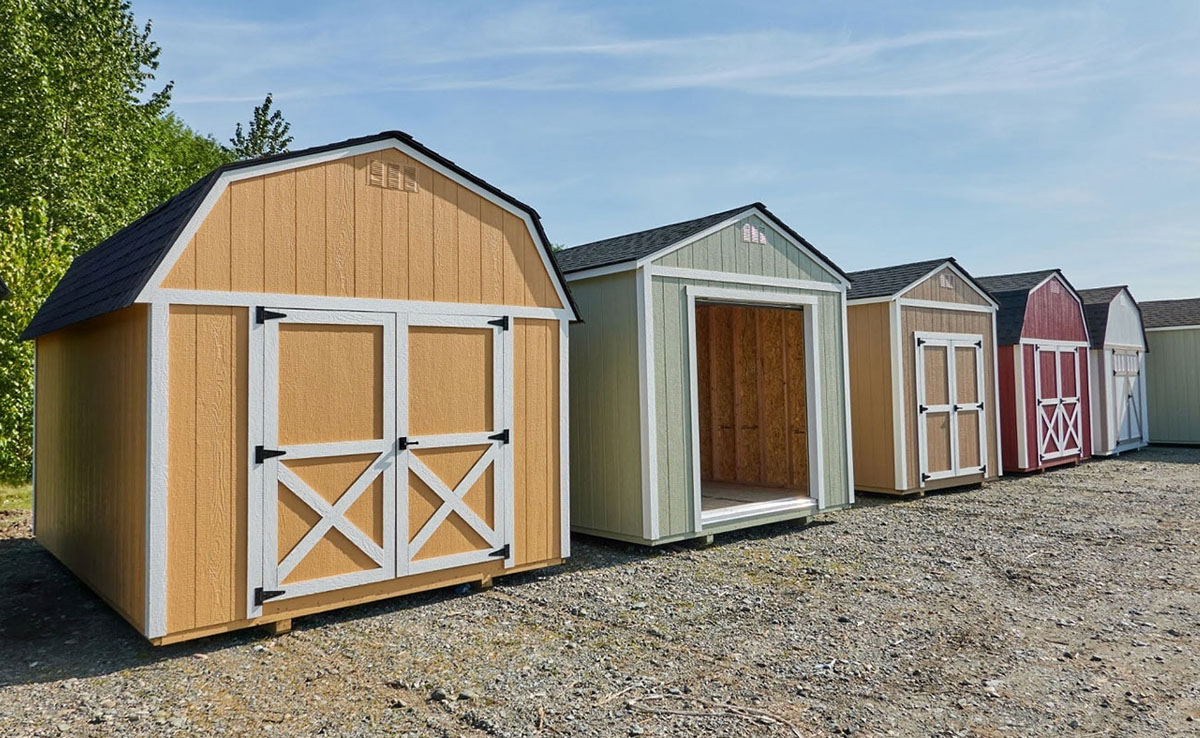
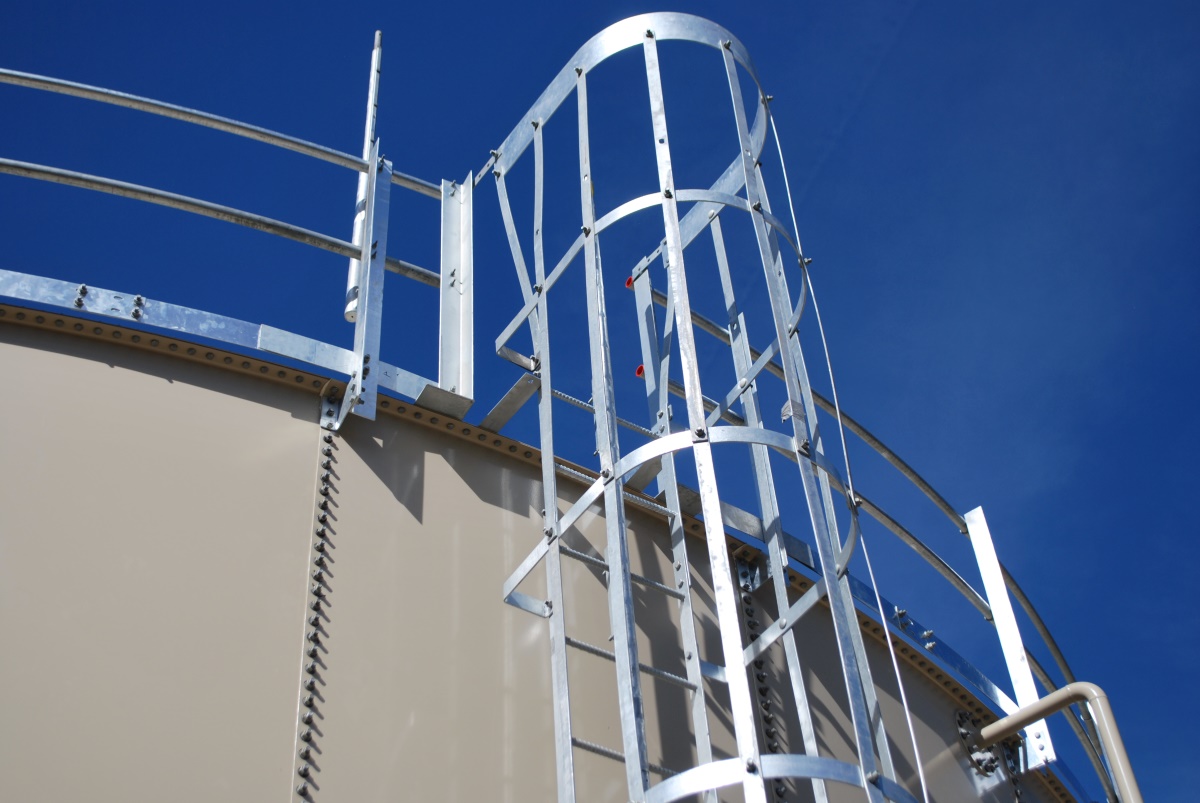

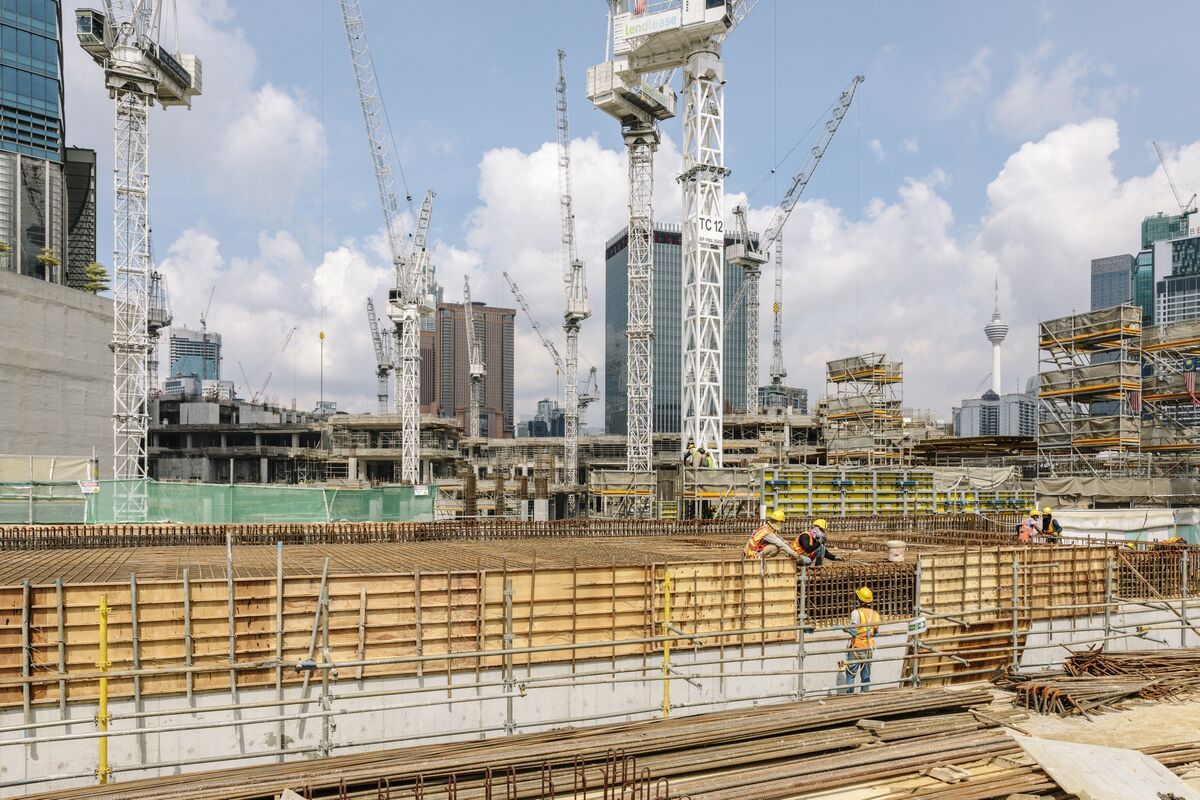





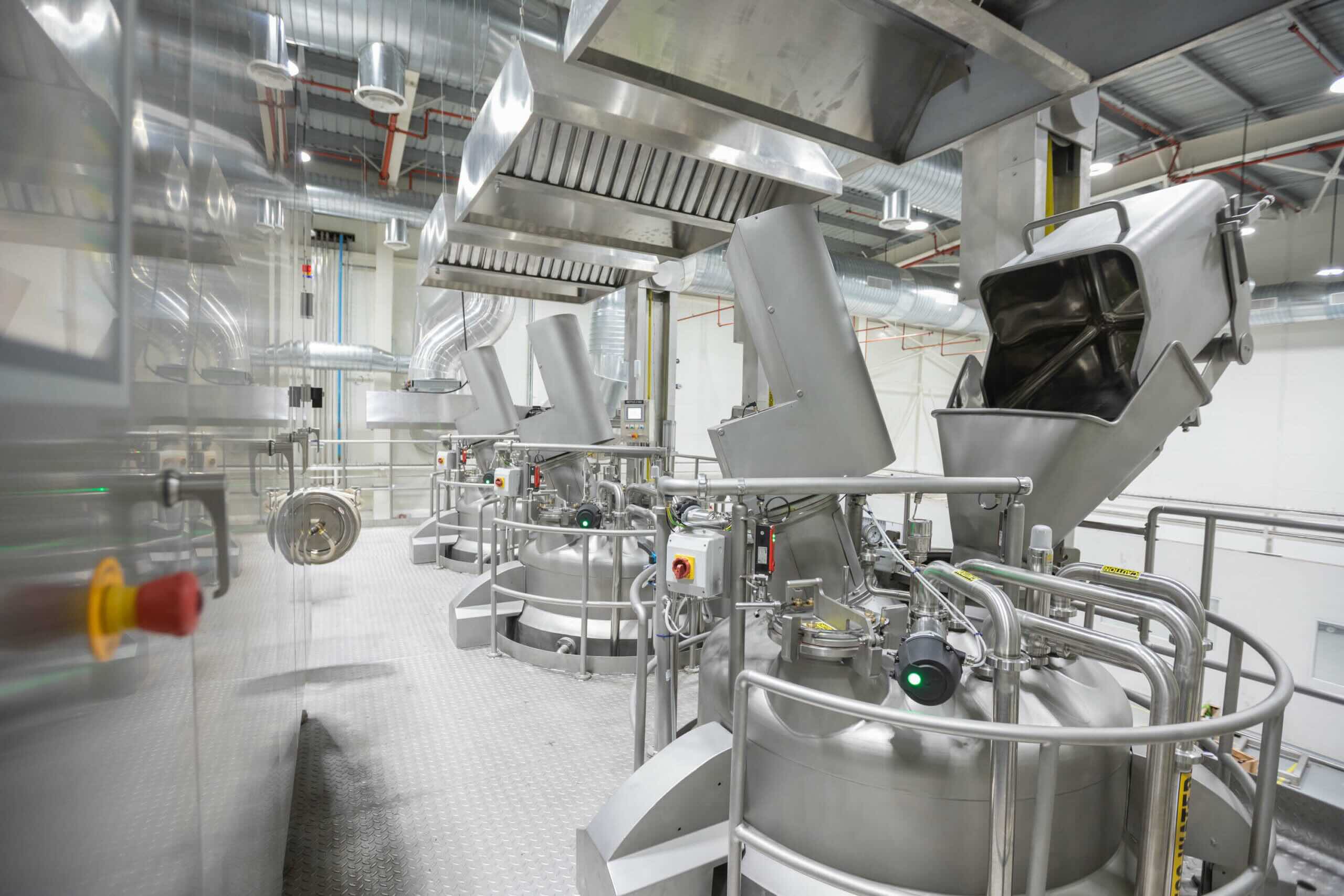



0 thoughts on “What Is The Required Minimum Width For Industrial Fixed Stairs?”